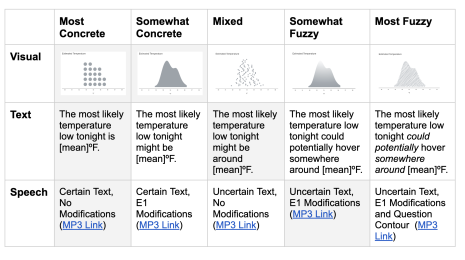Managing in a Storm

tl;dr: we are fortunate the events last week were preceded by an extended break (for most people). However, even if your people are ok now doesn’t mean we won’t see stress outcomes as a result of this week later in the upcoming weeks/months/year. You will do yourself and your employees a service to be prepared for that now.
As people managers it’s important to consider how the events of last week add to what’s already happened in the last several months.
Think of this as water moving through a storm drain. A normal drain with a normal amount of water and debris functions exactly as designed. Add in one heavy storm and the drain gets partially clogged, but water still flows and eventually the clog rights itself. This drain is not traumatized, it’s not in crisis.
A drain in crisis isn’t created by one or two bad storms. A drain in crisis has seen a litany of bad storms, anomalies it’s unprepared for like garbage and kid’s toys stuck in its grate, and a tree that’s fallen a block away that fully blocked a drain uphill from it.
Water still manages to get through the drain, but it’s slower, dirtier, weirder. Clogs still partially break free but they’re unpredictable and chaotic in their content. The drain is still doing its job, but it’s racking up multiple layers of debt that need time and effort to address. This drain now has multiple problems, each of which needs to be solved in different ways.
This drain is you, it’s me, it’s each individual on your team. And as for now, the storms aren’t stopping.

The numbness you feel is like the blocked drain. Another storm comes in dumping pinecones and leaves on top of your clog? The drain just sits there and barely notices. Layers are added and all the drain can do is manage the broken Spongebob toy wedged in its grate. Eventually those pinecones will make their way through, but that might not happen for a week. And it might actually be a tree branch that forces the Spongebob toy out of the grate. The drain won’t know until it gets there.
The Spongebob toy is the news you got that a friend’s sister died of COVID. That tree branch is the capitol coup. The water still coming through is the year end report you need to draft up for your manager and the bananas you need to go buy for your kid even though going to the grocery store scares you now. But as the drain, all you really see is water dripping through when you know above you is an increasingly large pool of water. And you feel helpless and frustrated that you can’t manage to let it though.
So, what should you do as a manager of people who are going through as much as you are? Simply understand that we are all in an active state of crisis right now. Our brains, bodies, emotions are gummed up by unrest, uncertainty and fear. You will see strange reactions, extreme fatigue, inconsistent productivity, and the glazed eyes of numbness. People will be fine one day and devastated the next. And you are one of those people too.

There is no silver bullet here, at least none that I know. Early on in a psychologist’s training you learn that humans are machines of homeostasis. Our brains and bodies are literally built to continuously move in and out of neutral states. Life-preserving needs like thirst and hunger run off this homeostatic system. Higher-order needs also work this way — like feelings of safety and achievement. In normal times we are able to effectively manage these needs and move throughout our days with the ability to process the normal ups and downs of life. But humans can only process so much upheaval (trauma) to their sense of personal, professional, and community safety before things go sideways. So please be patient with your teams and yourself. Trust that your brain can take care of you, but to do so it needs you to give it time to reach balance.
Helpful Resources
(please add more in the comments and I’ll update accordingly)
Filling your ’bucket’: https://jamesclear.com/cumulative-stress[AA5]
Related Stories
Subscribe to our blog
Get the latest Tableau updates in your inbox.








